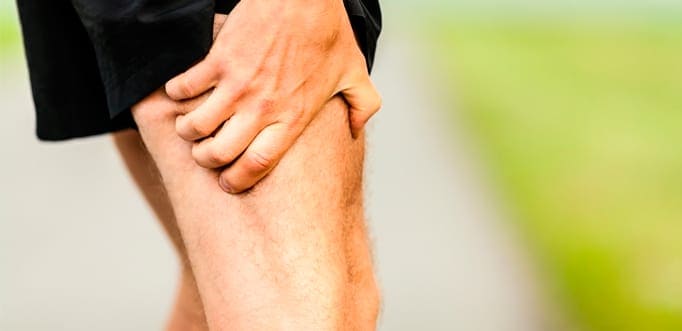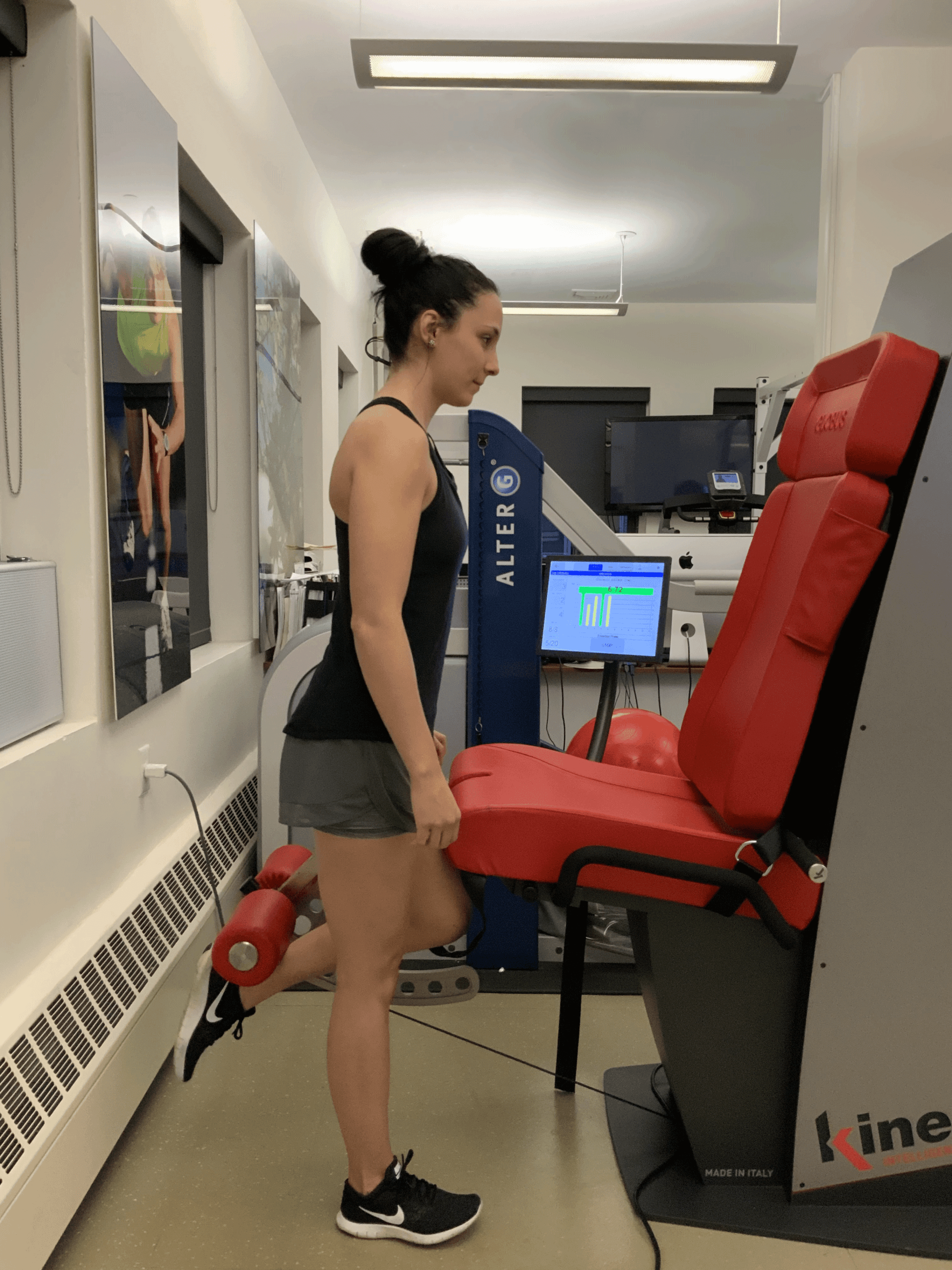If you are a runner, you know how miserable tight hamstrings can be. In many cases, continuing to run with tight thigh muscles can result in muscle strains that can take months to heal. Here is a brief overview of hamstring strains that can result in posterior thigh pain and how you can prevent these injuries.
Your hamstrings are comprised of three muscles located in the posterior or back of your thigh. These muscles work in conjunction with the quadriceps muscles located in the front of your thigh, to control power when you are:
You may have heard hamstring strains referred to as hamstring pulls. This is the same injury that occurs when the hamstring muscles are stretched suddenly. Injuries can occur anywhere along the muscle but are most common in the middle. Runners often develop hamstring strains due to improper stretching or over training.
There are some things that place you at an increased risk of developing posterior thigh strains. These may include:
- Wearing improper foot wear
- Inadequate stretching before running
- Hamstring weakness
- Improper warm-up before exercise
Muscle strains produce symptoms that can vary in degree, depending on the severity of the injury. Here are the primary symptoms associated with posterior thigh strains:
- Pain in the back of the thigh
- Limited movement in the affected leg
- Pain extending down the leg to the knee
- Muscle swelling
- Bruising on the back of the thigh
A variety of factors can contribute to these types of muscle injuries in runners. Below is a list of some of the most common causes of posterior thigh strains:
- Poor form when running
- Failure to warm-up properly
- Running when muscles are fatigued
- Inflexible hamstring muscles
Muscle strains can develop over the course of time. They are also more likely to occur if you begin to exercise too quickly after a previous muscle strain. You may experience sudden, sharp pain if you have an acute injury, as well.
Your doctor will ask you a series of questions to aid him in diagnosing your condition. Be sure to include any information such as the date of symptom onset, previous injuries and any medications you are taking. He will then examine your leg, palpating the thigh muscle to determine where you are tender. He may also have you perform a series of moves to determine your level of flexibility. While this may not be comfortable, it is an important part of the diagnostic process. In most cases, no further diagnostic tests are required. If your doctor is concerned about a complete muscle tear, he may order a CT scan or MRI.
Doctors typically follow the RICE theory for treatment of posterior thigh strains:
- Rest
- Ice
- Compression
- Elevation
Your doctor may also recommend alternating hot and cold packs to reduce pain and inflammation. If you have difficulty walking, he may provide crutches to help you for a few weeks. Anti-inflammatory medicines such as naproxen or ibuprofen may be prescribed to reduce pain. If pain persists, your doctor may order physical therapy. Therapists have modalities that can decrease pain and they can also teach you ways to prevent further running injuries including taping techniques. In very rare cases, surgery may be necessary to repair hamstring strains that damaged tendons or muscles.

























































